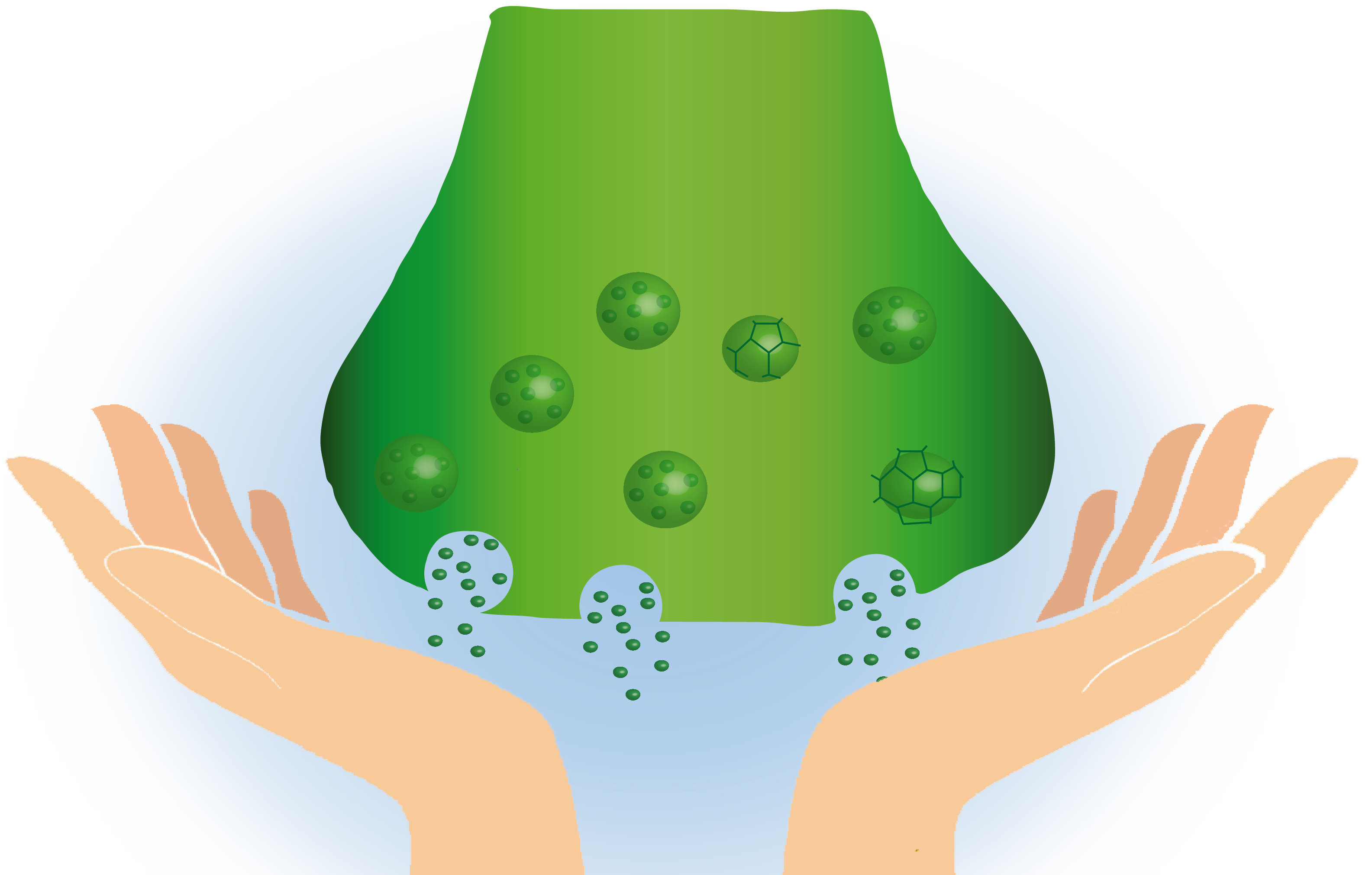Synapses are the communication units of the neuron and they can be located very far away from the cell body. Axonal transport of proteins and other building blocks like lipids is not rapid enough to support the synapse especially during intense neuronal communication. Luckily, synapses count with local mechanisms that enables them to function partially independently.
Synaptic vesicle recycling is an efficient mechanism that enables the synapse to reuse multiple times synaptic vesicle proteins and membrane components to maintain neurotransmitter release and neuronal function without immediate supply from the soma. However, after multiple rounds of synaptic vesicle endocytosis and neurotransmitter recycling, dysfunctional proteins start to accumulate at the synapse. Fortunately, synapses possess various “detox processes” to disassemble and reuse dysfunctional components. Autophagy is one of these processes and like synaptic vesicle endocytosis, autophagy at the synapse is regulated by synapse specific adaptations. Importantly imbalance of autophagy at the synapse disrupts synaptic homeostasis and leads to synaptic dysfunction that can be at the roots of neurodegeneration and neurodegenerative diseases.
